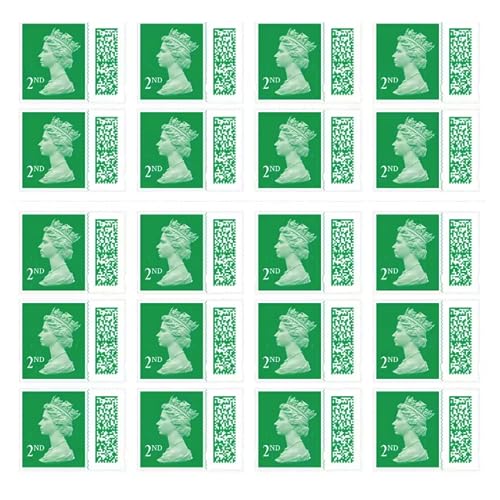How Do Postage Stamps Work?
Postage stamps are a small piece of printed paper that is attached to a letter or package to indicate that the appropriate fee for mailing has been paid. They serve as proof of payment and are an essential part of the postal system. But have you ever wondered how these tiny pieces of paper actually work? In this article, we will explore the fascinating world of postage stamps and uncover the process behind their functionality.
The Design and Printing Process
Postage stamps come in various designs and themes, ranging from iconic landmarks to historical figures. The design and printing process is carried out by the postal authorities or authorized printing agencies. The first step involves the creation of the stamp’s design, which is either commissioned or submitted by talented artists and graphic designers.
Once the design is finalized, it is printed on a specialized paper with adhesive backing. The stamps are typically printed in large sheets and then perforated or die-cut into individual units. The printing process employs advanced techniques to ensure the stamps are visually appealing and meet the necessary security measures to prevent counterfeiting.
Assigning a Monetary Value
Each postage stamp carries a specific monetary value, which determines the fee required for mailing. The value assigned to a stamp is determined by the postal authority and is usually based on factors such as the weight and destination of the mail. The cost of sending mail varies between domestic and international destinations.
Over time, postal rates may change, requiring the introduction of new stamps with updated values. In such cases, it is not uncommon to see old stamps alongside newer ones, as long as they meet the current postage requirements.
Postmarking and Cancellation
When a letter or package is mailed, it goes through various processing centers and sorting facilities. The first step is postmarking, where a circular mark is stamped on the postage stamp. This mark serves as proof that the item has been processed by the postal service on a specific date and location.
Postmarks also play a role in preventing the reuse of stamps. The cancellation process involves adding ink to the stamp’s surface, making it invalid for further use. This ensures that stamps cannot be removed and reapplied to other mail items. The cancellation ink may contain unique patterns or designs specific to each postal authority.
Verification and Sorting
After postmarking and cancellation, the mail items go through a verification process to ensure that the postage has been paid correctly. This involves weighing the item to confirm that the appropriate postage value has been applied. If the postage is insufficient, the item may be returned to the sender or held until the additional fees are paid.
Once verified, the mail items are sorted based on their destination, typically using automated sorting machines. The stamps play a crucial role in this process as they provide information about the intended recipient’s location. The sorting machines use optical character recognition (OCR) technology to read the address on each piece of mail and determine the appropriate destination.
Delivery and Final Processing
After sorting, the mail items are loaded into transportation vehicles and delivered to the respective post offices or distribution centers in the destination area. From there, postal workers continue the final processing, including sorting the mail for individual routes and delivering it to the recipients.
Postage stamps are a vital component of the postal system. They not only signify payment but also facilitate the efficient processing and delivery of mail. So, the next time you affix a stamp to your mail, remember the intricate journey it undergoes to bring your message to its intended recipient.






